I always bury the lead in these stories and I’m trying not to, so here’s the four sentence summary:
According to current polls Smer is likely to be able to form a government with SNS and would almost be able to form one on its own, but polls are often misleading and obscure narrow margins (particularly with regard to the 5% electoral threshold). The post below details how I produced several scenarios and a scenario calculator which suggest that the most important role will be played by Smer’s margin (43% produces very different results than 35%) and by the likelihood of some parties to push related parties below the threshold (SNS and Belosouvova’s NaS, SaS and Matovic’s OL) and the ability of others to reach some kind of agreement (the Hungarian parties). The parties of the Radicova government can theoretically return to government but they will need good luck in the form of some combination of poor Smer results, mutually-assured-destruction among the nationalist parties, and lack of similar MAD by SaS/OL and the Hungarian parties. But don’t take my word for it: at the bottom of the post is a link to a spreadsheet where you can try your own assumptions.
Now for the interesting (but usually only to me and a few other poor souls) details
I live for elections and while it’s always a bit melancholy to see a government fall (some more than others), it also means a new chance to look at the numbers and think about what they mean. I’ve been channeling my inner Sabermetrician in the last few day and have started to put together some very rough models that might help us think about the important factors in Slovakia’s upcoming elections. For Slovakia this means thinking about the relationship between polling numbers and votes, shifts in polling numbers over time, the potential for coalition formation and each party’s chance of crossing the 5% threshold. While it would be possible to start anywhere, I think we can take a few things as given (at the moment–but I promise to revisit them) and take an initial probe into the rest. For now I will leave aside the question of coalition formation and simply assume that the easiest coalition partners for Fico’s Smer are the Slovak National Party (SNS), or the smaller Movement for a Democratic Slovakia (HZDS) or the new Nation and Justice (NaS), and that (with the potential exception of Freedom and Solidarity (SaS) all the other major parties are capable of making a coalition with one another. I will also leave aside the question of poll predictiveness because as I found in an analysis conducted before the 2010 (which I will soon repeat using the data from 2010 as well), the predictiveness of poll numbers is actually at its worst about 5-7 months before an election (and there are just under 5 months left until the 10 March 2012 election). What’s left to us in this case? The inter-related questions of translation of poll numbers into actual voting statistics and some considerations about the ability of particular parties to cross the 5% threshold. And even with only those two factors at hand the situation is still remarkably complex.
The main cause of complexity is the relatively large number of parties that might be expected to come close to the 5% threshold. In my estimation there are only three parties for whom the threshold question is not in doubt: Smer, the Slovak Democratic and Christian Union (SDKU) and the Christian Democratic Movement (KDH). Far more questionable are the prospects of eight additional parties: SaS, SNS, Most-Hid, MKP/SMK, HZDS and perhaps also SDL, along with two emerging parties, Ordinary People (OL) and Nation and Justice (NaS). Assuming that any of these parties might or might not pass the threshhold, there are 2^8 or 256 possible combinations of threshold passage among these 8. As much as I like playing amateurishly with numbers, that is more than I want to deal with. I will therefore make two simplifications.
- First, the range for Hungarian parties is between 2 and 1, not between 2, 1 and 0. Slovakia has two parties appealing to its Hungarian electorate: Bridge (Most-Hid) and the Party of the Hungarian Coalition (MKP/SMK) but since the Hungarian electorate constitutes approximately 11% of the total, it is mathematically impossible that both will fall below the threshold unless there is some suppression of the Hungarian vote or Hungarians opt for other parties. Neither seems likely, so I will limit the four options to two.
- Second, because HZDS has never yet shown an increase in its share from one election to the next, I will therefore eliminate it from the list, and further justify this with the additional argument that it is unlikely to see the rise of both HZDS and NaS. If HZDS manages to pull it together (unlikely–Meciar has been utterly silent during the whole crisis–either that or, from his perspective worse, nobody’s bothering to ask him), you can substitute “HZDS” for “NaS” and have more or less the same picture.
This brings our perumation count down 2^6 or 64, which is not small but workable. We can bring it down a bit more by putting any options with SDL in the background for the moment. The performance of the resurrected SDL surprised some in the last election, but since then the party has failed to sustain its preferences. It could rise again–or another new party could rise again–but with NaS and OL running campaigns, the field looks rather crowded for yet another new party to jump in.
These choices bring us down to 32 options in the foreground and 32 in the background.
Having simplified, we need to add a bit of complexity (though not much). The chances of each of these parties to pass the threshold is not independent of the others–especially of certain others. Some of these small parties compete for votes with one another. If one does well the likelihood is that the other will do poorly. I’ve therefore made certain overall “vote potential” estimates and certain baseline ratios for each combination. The linked pairs are as follows:
- Most-Hid and MKP/SMK. I assume that the total electoral potential for these two parties is approximately 12% which I presume to be the total share of the vote received by the two if they form an electoral coalition or if both exceed the 5% threshold. If one falls below 5%, I assume that it will do so narrowly and I give the winner in the “one Hungarian party” scenario 7%.
- SNS and NaS. I assume based on past experience that the total electoral potential for these two parties is about 8%. If SNS does well, I assume that it will attract about 6% and NaS only 2%. If both split evenly, I would assume them to both receive about 4%. If NaS does well and SNS does not, I will assume a narrower margin, with NaS just above 5% and SNS at 3%. I also leave open the possibility (though unlikely) that both parties will manage to squeak over the 5% threshold.
- SaS and OL. This one is a bit harder since OL, although it got elected on the SaS list, may appeal to some other voters including dissatisfied voters from Fico and Radicova alike. But without the time and energy at the moment to calculate a more detailed assumption, I assume that these two parties together have an electoral potential of around 10% (again my least certain assumption). If OL does not get it together, I assume a lopsided 8% to SaS and 2% to OL. If OL manages somehow to displace SaS, I give OL 6% and SaS a residual 4%. I also allow for scenarios in which both manage to exceed the threshold with just over 5% and in which both come close but fail just short of 5%.
These scenarios are not all equally likely of course, so we can also weight them. Here again I have just gone ahead and made guesses:
- I guess a fairly high probability that M0st-Hid and MKP-SMK will realize the danger of one falling short and make an electoral deal (while holding their respective noses), and there is also the chance that they will not but that they will run neck and neck as they are doing now and both make it over the threshold. Together I give these two scenarios about a 70% probability and the “one-Hungarian-party” scenario about 30%
- I guess that the most likely outcome on the nationalist side is the victory of SNS and poor performance of NaS–say 50%–but put my second bet on each cancelling out the other as they did in 2002–say 25%. The remaining 25% I split between “both” at 20% (especially if both Slota and Belousovova can manage to get in some attacks on Fico related to the EFSF) and NaS only at around 5%.
- Likewise, I give SaS an advantage in the last group and put the chances of its passing the threshold and leaving OL out at around 40%. I put the chance of “neither” at around 30% and the chance of “both” at around 15%. I think it is equally unlikely (but not impossible) that OL could seize the mantle of SaS and give it 15%. All of this will be a lot clear in a month or so when we see the first polls.
- Finally, I put the odds of another party–SDL or HZDS or something new–emerging and I put it at 5%. The only caveat in this is the fairly unlikely but never-say-never possibility of a new party starring Iveta Radicova. That would fundamentally change the balance of the race, but it would probably not shift things too much as it would simply tap the SDKU electoral base. If that happens, I’ll come back and redo this analysis.
OK, finally, having guessed about vote share and and probabilities to each of these threshold possibilities, I must still make guesses about the vote share of the three larger parties if we are to make any assessment about what kinds of coalition are or are not possible. I will use three scenarios. One based on current polling numbers (Smer 43, SDKU 15, KDH 10), one based on the 2010 election numbers (Smer 35, SDKU 15, KDH 9) and one “from the gut” best guess which also happens to be a middle way between these (Smer 39, SDKU 16, KDH 9). Here are the results (the full results in .pdf format here) and then an explanation:
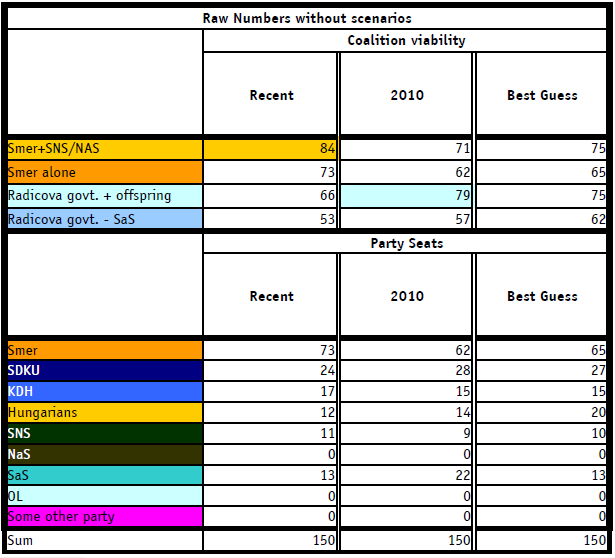
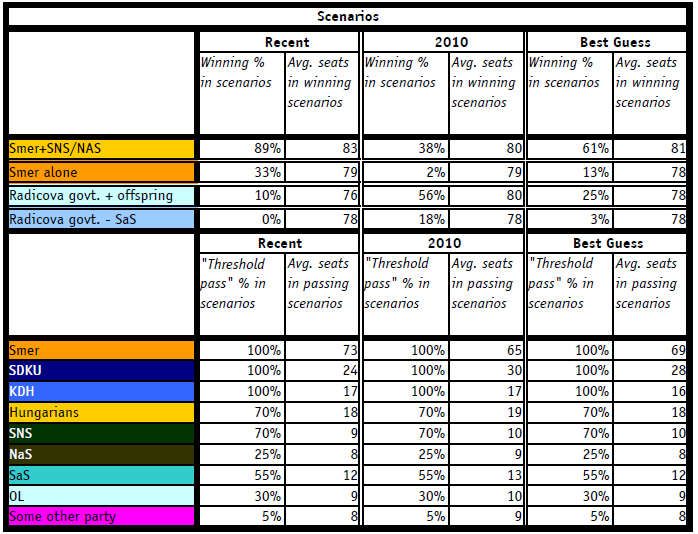
What all of this means
- With current polling numbers (Smer 43, SDKU 15, KDH 10), the only way that Fico won’t be able to muster an easy coalition with SNS is if SNS and NaS split the vote and keep both out of parliament. Under these polling numbers and probability assumptions, a Smer-SNS (and/or NaS) coalition could expect an 83% chance of gaining a majority, with the size of that majority ranging 76 to 94 seats, averaging about 83 seats. The opposition would have only about a 9% chance of gaining a slim majority and only if, in addition to the SNS-NaS self-destruction, the parties above the threshold included both Hungarian parties and also SaS or OL. It is notable that Smer manages to achieve its own a 76 seat majority in 36% of these cases.
- Using numbers from the 2010 election (Smer 35, SDKU 15, KDH 9), which are probably unrealistically low for Smer, the situation changes even further and the number of scenarios won actually shifts in favor of the parties of the Radicova government (56%) rather than a Smer-led coalition with SNS or NaS (38%) or a Smer-only government (only 2%). But the right would have little margin for error–to return to government it would two Hungarian parties in government along with SaS or OL, and a coalition that contained Radicova and Miklos/Dzurinda, and Figel, and Bugar, and Csaky, and Sulik and/or Matovic could not exactly be greeted with excitement. Ironically the only way for the Radicova coalition to gain a majority without Sulik and/or Matovic (or Bugar and Csaky) is for the infighting at the nationalist pole to be even worse. If 2010 results prevail, so might 2010-style politics.
- If, however, past predictors are usable (and I am not sure that they are), Smer will perform worse than its 6-months-left-before-election poll numbers and SDKU will perform better. This case (Smer 39, SDKU 16, KDH 9) resembles the scenario with 2010 numbers but even narrower margins. The advantage here is to Smer (winning in 61% of scenarios over the current government’s 25% with quite a few ties). Even if Smer’s numbers drop to this level it would still need two of the following three things to go wrong for it to lose a majority: 1) a unified front or even performance by the Hungarian parties and 2) success of SaS and/or OL in passing the threshold, and 3) Nationalist self-destruction. This scenario would, however, cast some cold water on Smer’s stated hopes of governing alone (13% of the scenarios).
And in an unexpectedly simple twist (most things I do online prove unexpectedly complex) I have been able to upload the entire spreadsheet basis for this onto google documents so that anyone can go and modify any of the assumptions and see what would happen to the results.
I’m pretty excited about this because it really changes the kinds of things we’re capable of (a lot like the “D.I.Y. Electoral College Calculators” in the US. I would ask only that if you modify the numbers, you change them back so that others can use the spreadsheet as you found it. Thanks.
Finally, it is worth noting that polling numbers taken 5 months before an election in Slovakia have very little relation to the final result, so while there is a general stability in Slovakia’s preferences–they don’t shift by more than a few percentages in any direction over time, how those votes are split up among specific parties–especially small parties near the threshold–can really matter. This is what keeps Slovakia’s politics (for better or worse) interesting.
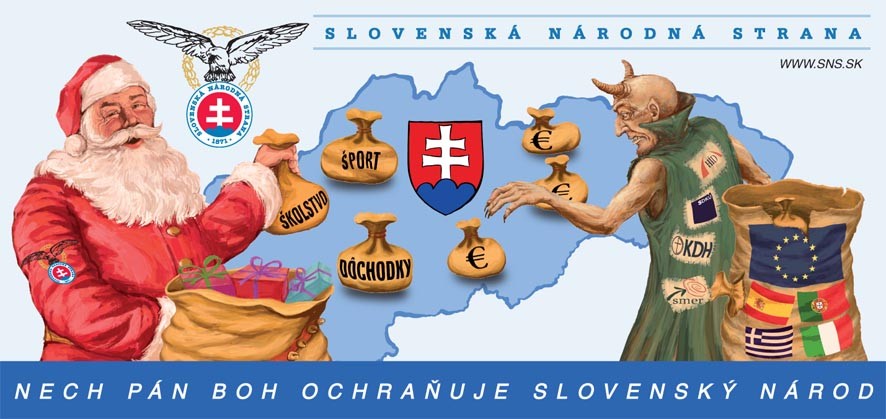

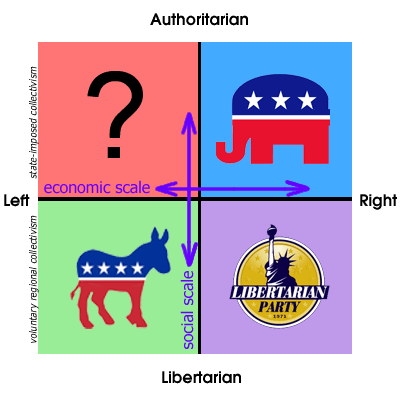
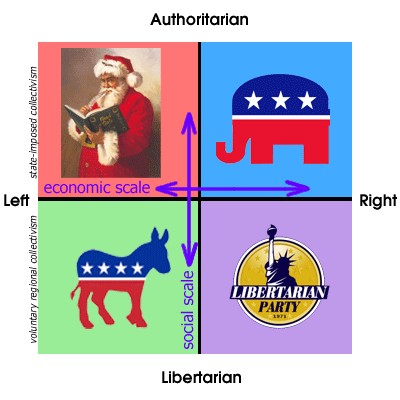



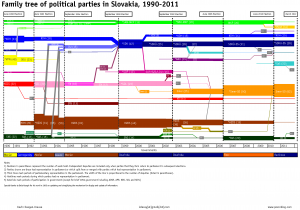
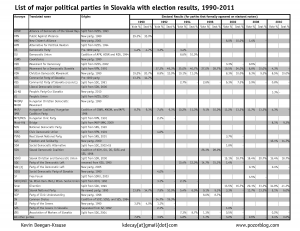
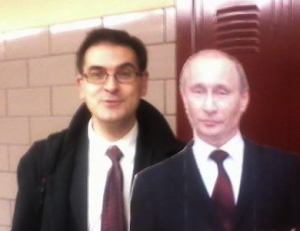
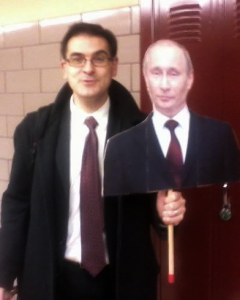
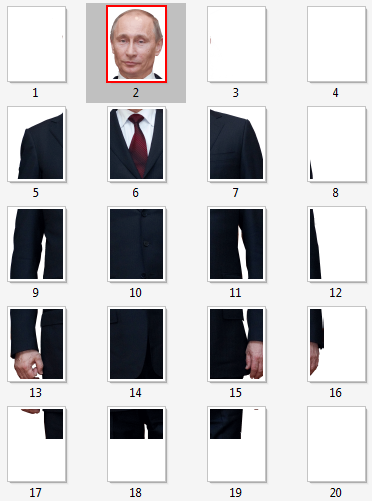

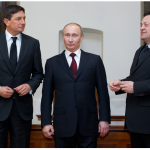


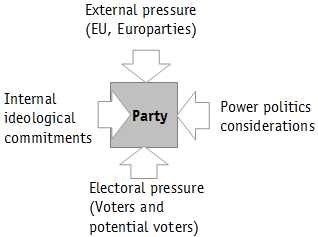
![ScreenClip [3]](http://www.pozorblog.com/wp-content/uploads/2011/10/ScreenClip-3.png)
![ScreenClip [4]](http://www.pozorblog.com/wp-content/uploads/2011/10/ScreenClip-4.png)
![ScreenClip [5]](http://www.pozorblog.com/wp-content/uploads/2011/10/ScreenClip-5.png)

![ScreenClip [2]](http://www.pozorblog.com/wp-content/uploads/2011/10/ScreenClip-2.png)
![ScreenClip [6]](http://www.pozorblog.com/wp-content/uploads/2011/10/ScreenClip-6.png)


 Oscar Wilde once wrote that there is only one thing worse than being talked about and that is not being talked about. But in international politics that isn’t always the case. Slovakia was prominent in the coverage of the three most influential dailies in Europe on Wednesday: Le Monde, the Financial Times and the Frankfurter Allgemeine Zeitung. Le Monde, for instance, bemoaned the political game being played in Slovakia, wondering in a linked article whether France’s AAA rating will survive the crisis. Sulik’s actions even caused ripples across the Atlantic where Slovakia was also the subject of articles in the New York Times and Washington Post.
Oscar Wilde once wrote that there is only one thing worse than being talked about and that is not being talked about. But in international politics that isn’t always the case. Slovakia was prominent in the coverage of the three most influential dailies in Europe on Wednesday: Le Monde, the Financial Times and the Frankfurter Allgemeine Zeitung. Le Monde, for instance, bemoaned the political game being played in Slovakia, wondering in a linked article whether France’s AAA rating will survive the crisis. Sulik’s actions even caused ripples across the Atlantic where Slovakia was also the subject of articles in the New York Times and Washington Post.